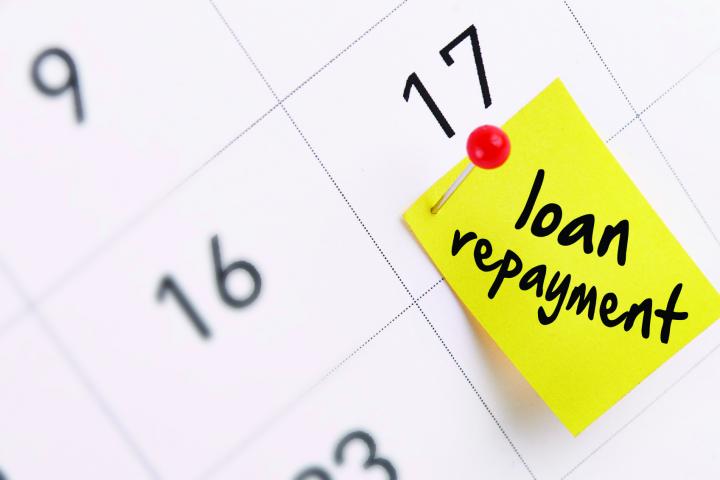
As many of you know, I have recently been writing about credit card repayment. The gist of the program is to order your debts for repayment, pay the current minimum payment on each debt for the remainder of its lifetime, and pay extra to the first debt in the payment order, snowballing the monthly plus extra into the next debt until all debts are repaid.
I used an approach for ordering the debts that I read in The Automatic Millionaire by David Bach: order your debts by dividing the balance by the monthly payment. This usually means paying off the debts in order of outstanding balance, but can vary depending on the minimum monthly payment.
David Bach actually has a specific name for this approach, but it has a registered trademark so I shall not repeat it here (yes friends, the real secret to getting rich is to find a new way to say something, trademarking it, and writing a book about it).
The approach seemed well and good, but it was rightly criticized in the comments as not being the fastest approach for paying off one’s debts. In a follow-up post, I stood corrected and proclaimed that ordering debts by interest rate was indeed the way to pay less in interest and often have your debts paid off sooner overall.
After a bit of time and some review of all the relevant discussion, I have formed a new opinion:

The ordering of your debts is not black and white, and there are a few factors that you need to consider:
- Morale: Sometimes people get so buried in debt that they experience a lot of stress and even depression because of their high debt-load. In these situations it is often more beneficial to kill a few small debts first and see progress than to save on interest expenses.
- Interest Savings: For those who are patient and can see the big picture, saving money on interest expenses is going to be more important.
- Debt Ownership: If you are managing the debt of two people, but only one is a wage earner, you may want to look at paying off the debts of the wage earner first. This type of situation can exist with married couples where one spouse stops working as kids come along. The reasoning behind this is that in the future the wage earner will be applying for most of the credit and their credit history will be more relevant in the application process.
- Canceled Cards: If you still have an active card, and a few canceled ones, you may want to focus on the canceled cards first, as there is no going back and re-spending your progress with a canceled card.
So, start by deciding whether you need a morale boost or whether you prefer to minimize your interest expenses. For morale, order your debts by how quickly they will be paid off (at least for the first few debts). If you want to minimize your interest expenses, pay off the debts with the highest interest rates first.
Regardless of which method you choose, focus first on your canceled revolving debts and installment debts, and keep in mind whose credit history you are affecting if you have a single wage earner.
Using either approach in combination with the additive approach I mentioned above will result in faster debt repayment and a savings in interest expenses, it is just up to you to decide whether it is more important to you to see the debts falling off one by one or to save as much interest as possible.



